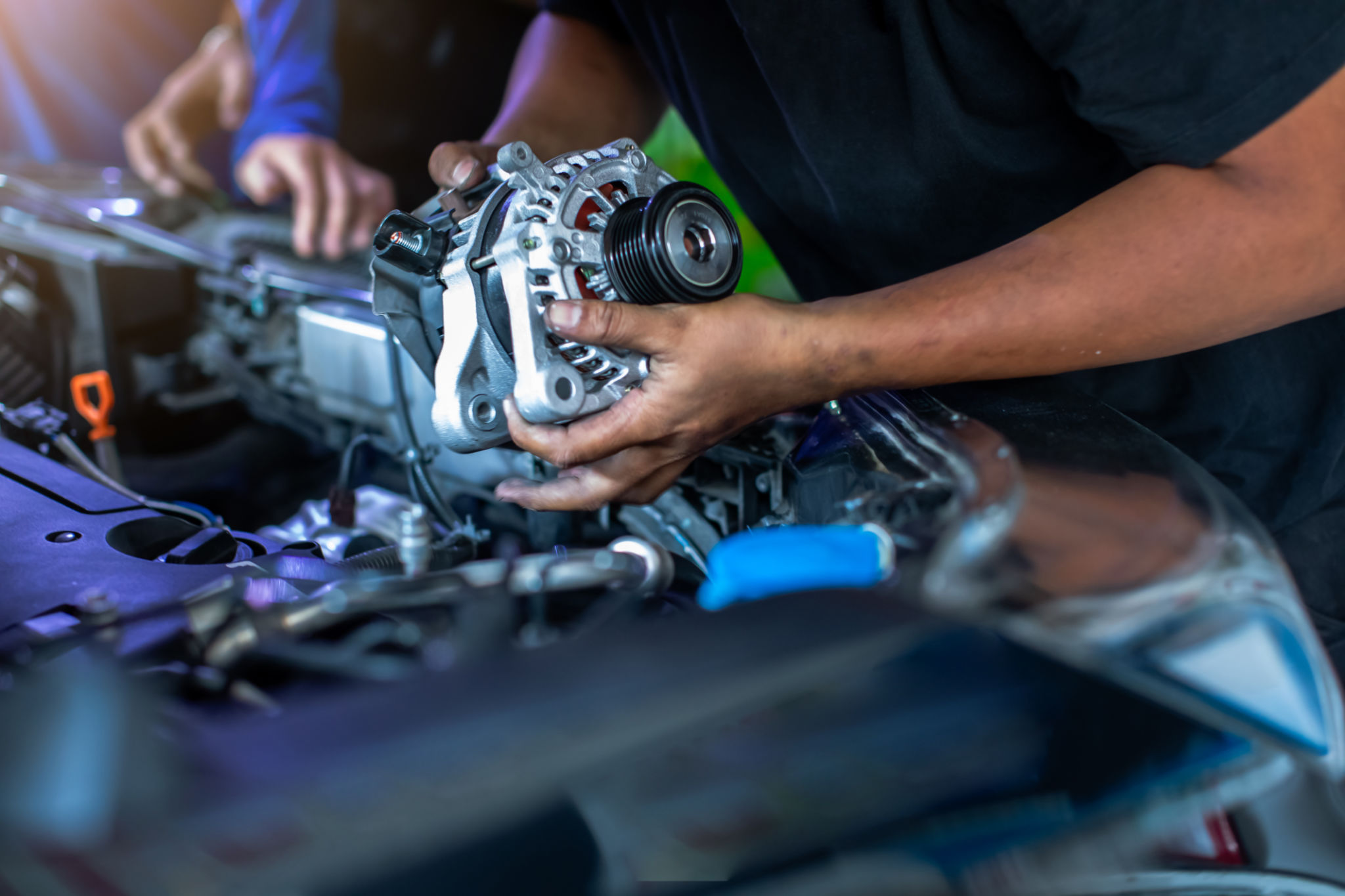A Guide to Understanding Your Car's Electrical System
Introduction to Your Car's Electrical System
Your car's electrical system is a crucial component that powers everything from the engine to the lights and entertainment systems. Understanding its basics can help you maintain your vehicle better and troubleshoot issues when they arise.
The electrical system consists of three main parts: the battery, the starter, and the alternator. Each of these components plays a vital role in keeping your car running smoothly.

The Battery
The battery is the heart of the vehicle's electrical system. It stores the electricity needed to start the engine and power the electrical components when the engine is off. Most car batteries are 12-volt lead-acid batteries.
Proper maintenance of the battery includes checking its charge and ensuring the terminals are clean and free of corrosion. A well-maintained battery can last between three to five years.

The Starter
The starter is responsible for cranking the engine when you turn the key or press the start button. It uses electricity from the battery to set the engine’s components in motion, allowing it to start running on its own.
Common issues with the starter include a clicking sound when starting the car or the engine turning over slowly. Regular check-ups can help prevent these problems.
The Alternator
The alternator is a generator that keeps the battery charged and powers the electrical system when the engine is running. It converts mechanical energy into electrical energy, ensuring that all components receive the power they need.
If the alternator fails, the battery will quickly drain, leading to a stalled vehicle. Symptoms of a failing alternator include dimming lights and a warning light on the dashboard.

Fuses and Wiring
Fuses and wiring are critical for distributing electricity throughout the car. Fuses protect the electrical components by breaking the circuit if there is a surge, preventing damage.
Regular inspection of fuses and wiring ensures that all parts of the electrical system function correctly. Replacing blown fuses is a simple task, but persistent issues may require professional attention.
Signs of Electrical System Problems
Recognizing the signs of electrical problems can prevent bigger issues down the road. Look out for symptoms such as dim lights, slow starting, or electronic malfunctions. These can indicate issues with the battery, alternator, or wiring.
Regular maintenance and check-ups can help you catch and fix problems early, ensuring your car runs smoothly and efficiently.

Conclusion
Understanding your car's electrical system can empower you to take better care of your vehicle. By recognizing the roles of the battery, starter, and alternator, and maintaining them properly, you can ensure a reliable and safe driving experience.
Regularly checking your car’s electrical components and staying aware of the signs of potential issues will keep your vehicle running smoothly and efficiently.
